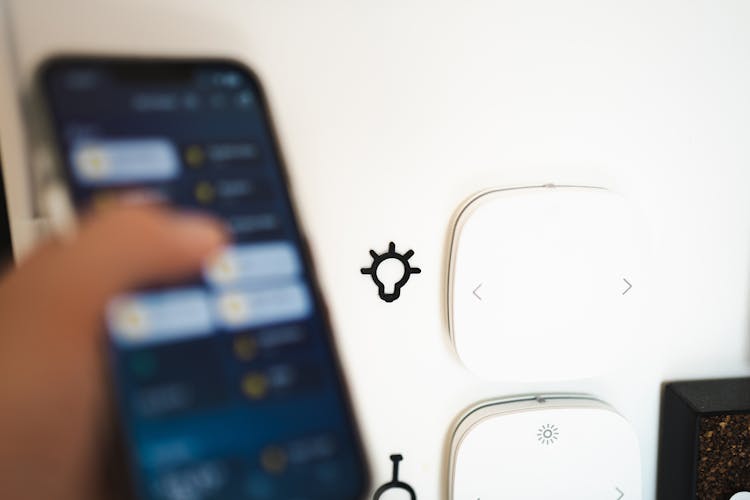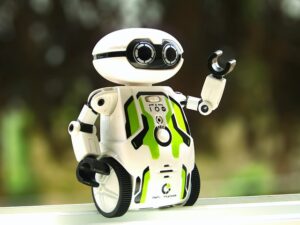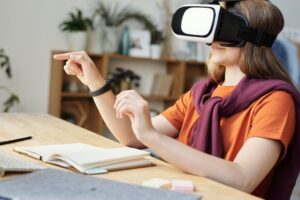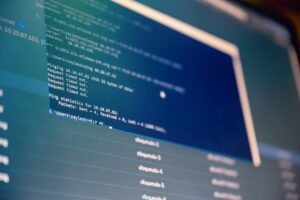The circular economy — an innovative model focused on minimizing waste and maximizing resource use — is a crucial approach in today’s push toward sustainability. Encouraging practices like reusing, recycling, and refurbishing aims to reduce environmental impacts and align with the global shift toward sustainable development across industries.
In this landscape, the Internet of Things (IoT) emerges as a transformative force, offering the tools to advance circular economy models. Through its network of interconnected devices that monitor and analyze data in real time, it enhances resource management, optimizes product life cycles and fosters efficient, sustainable practices.
What Is the IoT and Circular Economies?
The IoT is a sophisticated network of interconnected devices and sensors that communicate over the internet to collect, exchange, and analyze data in real time. Its components include devices for data collection, connectivity hardware to facilitate communication, platforms for data processing, and applications to interpret and utilize the information. The technology enhances connectivity and data-gathering capabilities, enabling precise monitoring and management.
In 2021, industries produced 23% of the U.S.’s greenhouse gas emissions, highlighting the urgent need for more sustainable practices. A circular economy model addresses this by emphasizing the reduction of waste, reuse of resources and recycling of materials, aiming to create a sustainable loop that minimizes environmental impact and supports economic growth.
The Intersection of the IoT and Circular Economy
IoT technology significantly enhances circular resource management and waste reduction by providing real-time data and analytics, allowing meticulous monitoring and optimization of processes. For instance, in waste management, IoT-enabled devices can track trash levels in bins and containers. It enables companies to optimize collection routes and schedules, reducing unnecessary pickups and lowering fuel consumption.
It makes waste collection more efficient and contributes to a decrease in overall carbon emissions. Further, IoT applications extend into tracking product life cycles, where sensors can monitor the condition and usage of products.
Combining the IoT and circular economies facilitates timely maintenance, predicts end of life, and ensures stakeholders recycle or reuse products appropriately. This level of monitoring helps companies reduce overproduction, manage inventory more effectively and design products that are easier to recycle or refurbish. It also optimizes resource use and supports a more sustainable business model.
“A circular economy model addresses [sustainable practices] by emphasizing the reduction of waste, reuse of resources and recycling of materials, aiming to create a sustainable loop that minimizes environmental impact and supports economic growth.”
Advancing Circular Economy Through the IoT
Integrating the IoT with circular economy practices is pivotal for sustainable development and environmental conservation. Businesses can revolutionize resource management, waste reduction, and product lifecycle optimization by harnessing the IoT’s vast real-time monitoring and data analysis capabilities.
Resource Optimization
IoT devices monitor and optimize the use of resources in real time, reducing waste and enhancing efficiency. These devices have sensors that collect data on resource usage, condition and availability, allowing the precise adjustment of production processes, energy consumption and material use. This real-time data analysis ensures businesses utilize resources optimally, minimizing excess and significantly reducing waste generation.
Additionally, the concept of digital twins — virtual replicas of physical systems — further amplifies these benefits. By leveraging these digital counterparts, industries can employ AI-driven designs to simulate and test how products perform under various conditions, leading to innovations that are more sustainable and faster to market.
Product Life Cycle Extension
IoT technology extends product life cycles and reduces environmental impact through its support for enhanced product maintenance, timely updates, and efficient recycling processes. Manufacturers can receive real-time product performance and condition data by embedding IoT sensors.
It predicts maintenance and identifies and addresses potential issues before they escalate into significant problems, prolonging product life. Moreover, the IoT enables over-the-air updates for software, ensuring products remain up-to-date with the latest features and security patches without needing physical modifications or replacements. This extends the usability and relevance of products, and reduces waste associated with discarding outdated equipment.
“[The IoT] predicts maintenance and identifies and addresses potential issues before they escalate into significant problems, prolonging product life.”
Supply Chain Transparency
The IoT brings unparalleled transparency to supply chains, contributing to sustainable sourcing and reducing carbon footprints. By equipping products and materials with IoT sensors, companies can gain real-time visibility into their entire supply chain, from raw material extraction to end-product delivery.
This visibility allows businesses to monitor the environmental impact of their operations, identify inefficiencies and ensure compliance with sustainable practices at every step. For instance, IoT data can reveal the carbon footprint of transporting materials, enabling companies to optimize routes and reduce emissions.
Further, it ensures sourcing practices meet sustainability standards, as this data can precisely track the origin and handling of material. For example, one company committed to assessing and rating its suppliers to reduce unintentional pollution, alongside meeting its Scope 1 and 2 decarbonization targets.
By leveraging IoT technologies, they can more effectively monitor and manage their energy use across global operations, streamline their processes and significantly lower their environmental impact. It demonstrates a strong commitment to sustainability and responsible corporate practice.
Challenges and Solutions
Integrating the IoT with circular economy models brings challenges such as data privacy concerns and the digital divide to the forefront. With over 422 million Americans affected by data breaches in 2022, robust data security measures are imperative.
These measures — including advanced encryption, regular security updates and strict access controls — are essential to safeguard the vast amounts of data from IoT devices. Alongside this, the digital divide complicates equitable implementation of circular economy initiatives.
Addressing this requires implementing state-of-the-art security solutions to protect data privacy and concerted efforts to bridge technology gaps. Initiatives aimed at expanding internet access, making IoT devices more affordable and providing digital literacy programs are vital to ensuring the widespread adoption and success of the IoT in advancing sustainable, circular economy practices.
“[Security] measures — including advanced encryption, regular security updates and strict access controls — are essential to safeguard the vast amounts of data from IoT devices.”
Embracing the IoT for a Greener Tomorrow
Leveraging IoT solutions represents a forward-thinking approach for businesses and individuals, paving the way for a sustainable future. By integrating IoT technologies, companies can optimize operations, reduce waste and contribute to environmental conservation.
IoT-enabled devices encourage more informed decisions, reducing carbon footprints and supporting sustainable living. Together, people can drive meaningful change, ensuring a healthier planet for future generations.









